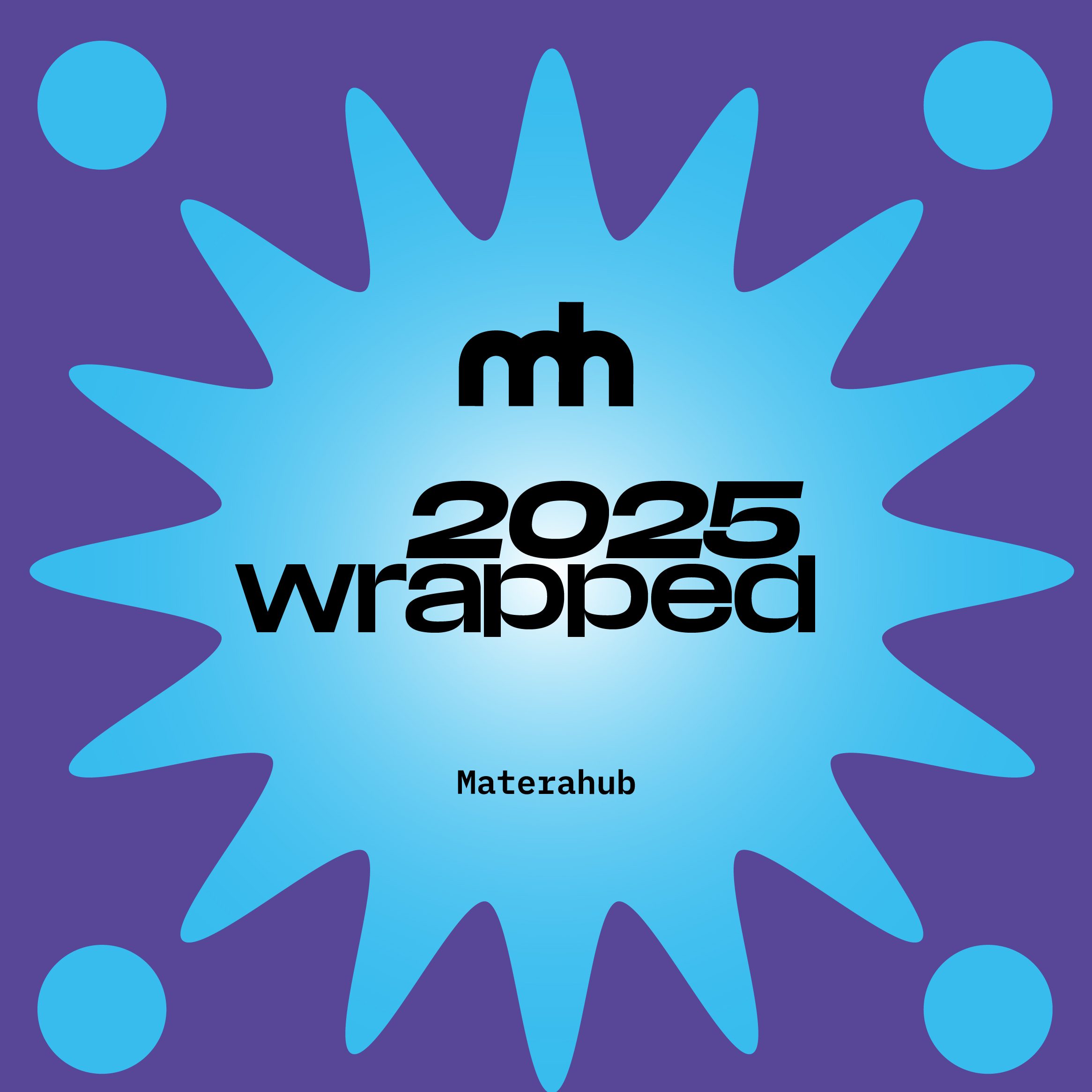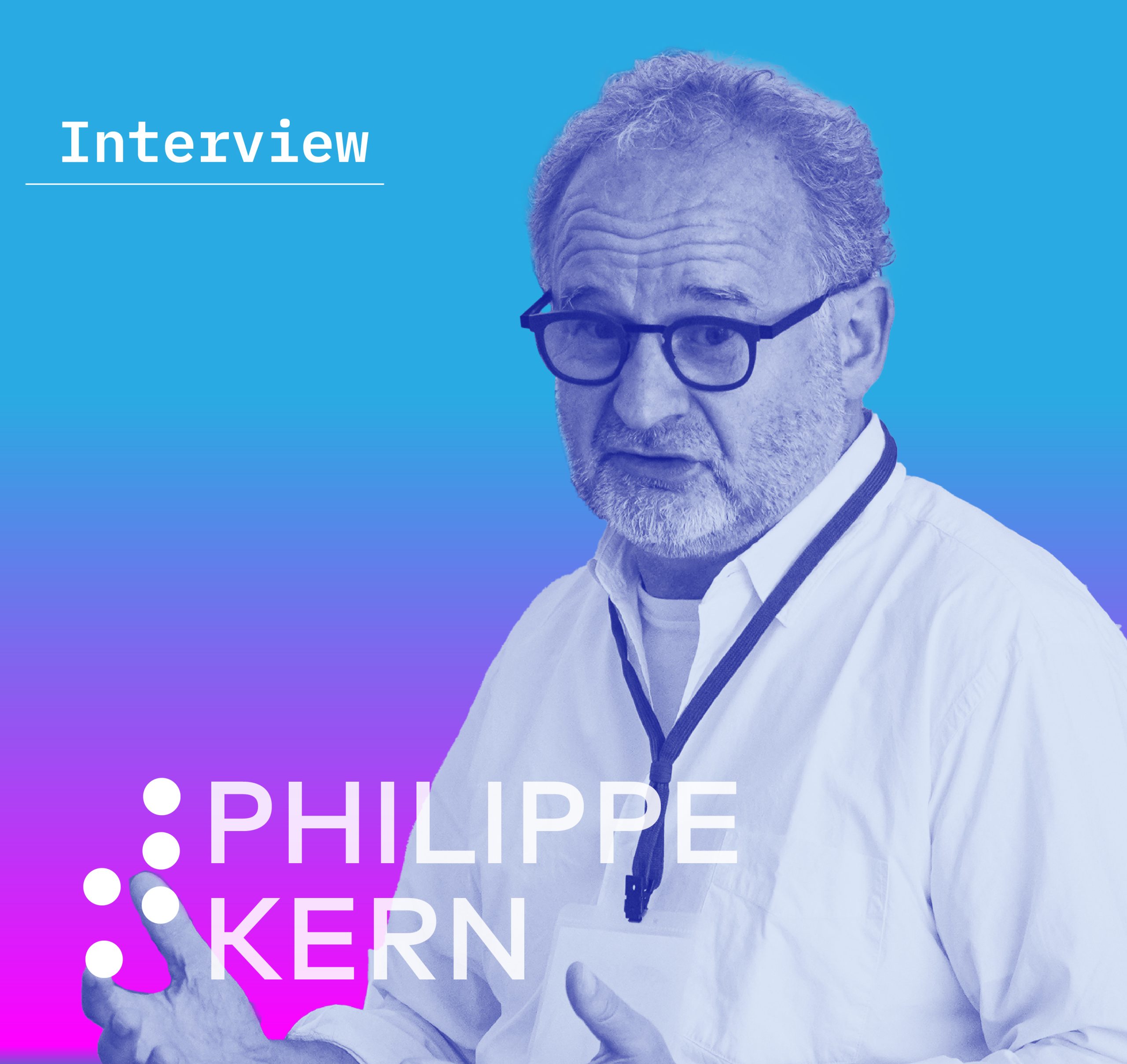On April 22–23, the city of Nice became a vibrant meeting point for reimagining the role of culture and creativity in Europe’s green transition. The second edition of the EIT Culture & Creativity Innovation Forum, co-organised with MIN4CI (Mediterranean Foundation for Cultural and Creative Industries) and supported by the City of Nice, brought together more than 130 participants and over 30 expert speakers to explore this year’s theme: “Creativity Meets Circularity.”
At the heart of the Forum was a timely and urgent question: how can the cultural and creative sectors lead Europe’s shift toward more circular, regenerative models of innovation and development? Framed by major European initiatives like the European Green Deal, the Circular Economy Action Plan, and the New European Bauhaus, the event placed circularity not as a technical add-on, but as a central pillar of sustainability, social well-being, and economic transformation.
EIT Culture & Creativity is actively working to embed circular thinking across its strategic focus areas – including fashion, architecture, audiovisual media, gaming, and cultural heritage – by integrating resilient, inclusive approaches that go beyond linear consumption and production models.
Materahub contributed to this dialogue by curating and moderating the session “Innovation in Circularity within Cultural Heritage“, led by Senior Project Manager Becky Riches. The panel brought together leading voices from across Europe: Isabelle Brianso, Vice President for Culture at Avignon Université and MIN4CI, Sofia Widmann, Founder & CEO of Museum Booster, Sander Münster, Secretary of the Time Machine Organisation, Rémi Corbineau and Francesco Federici, archaeologists at ARKAIA (Aix-Marseille University).
The session was framed by the principles of Donut Economics and grounded in an ethos of inclusion. Rather than limiting the notion of circularity to resource efficiency or waste reduction, participants were invited to reflect on its broader dimensions: mindsets, data practices, participatory governance, and cultural equity.
Discussions unfolded around four interconnected themes:
- Digital innovation, including the use of AI, VR, AR, and 3D datasets to both preserve and expand access to cultural heritage;
- Analogue innovation, through community-based practices like repair cafés, reuse networks, and circular tourism;
- Sustainable institutions, focused on operational shifts such as green procurement and water-saving strategies;
- Change agency, positioning cultural organisations as educators, ethical leaders, and catalysts for societal transformation.
Speakers illustrated these themes through compelling “micro-stories” of real-world impact. From MIN4CI’s participatory cultural routes and Time Machine’s collaborative 3D memory archives, to Museum Booster’s experiments with slow tourism and ARKAIA’s climate-responsive heritage work, a clear message emerged: innovation in heritage doesn’t have to be high-tech—it must be intentional, inclusive, and context-driven.
The session was highly participatory, blending dialogue with action. Attendees joined small-group discussions, responded to provocative questions, and voted in live polls – including one that asked:
True or False: Cultural heritage professionals embrace circularity, but leadership often resists change. Is a mindset shift needed across all levels?
This sparked open reflections on institutional inertia, the gap between ambition and implementation, and the role of leadership in enabling meaningful change.
Can We Thrive in Balance?
The Forum reaffirmed a core belief shared by Materahub: circularity is not just about efficiency—it’s about rethinking systems. By putting sustainable values at the centre of business and institutional models, we can reshape value chains while addressing environmental and societal impact in equal measure.
To support this transformation, new tools, policies, and KPIs are urgently needed—ones capable of capturing the qualitative contributions of cultural institutions, not just quantitative metrics. This means evaluating cultural heritage not only for its economic output, but for its role in community well-being, environmental stewardship, and creative resilience.





